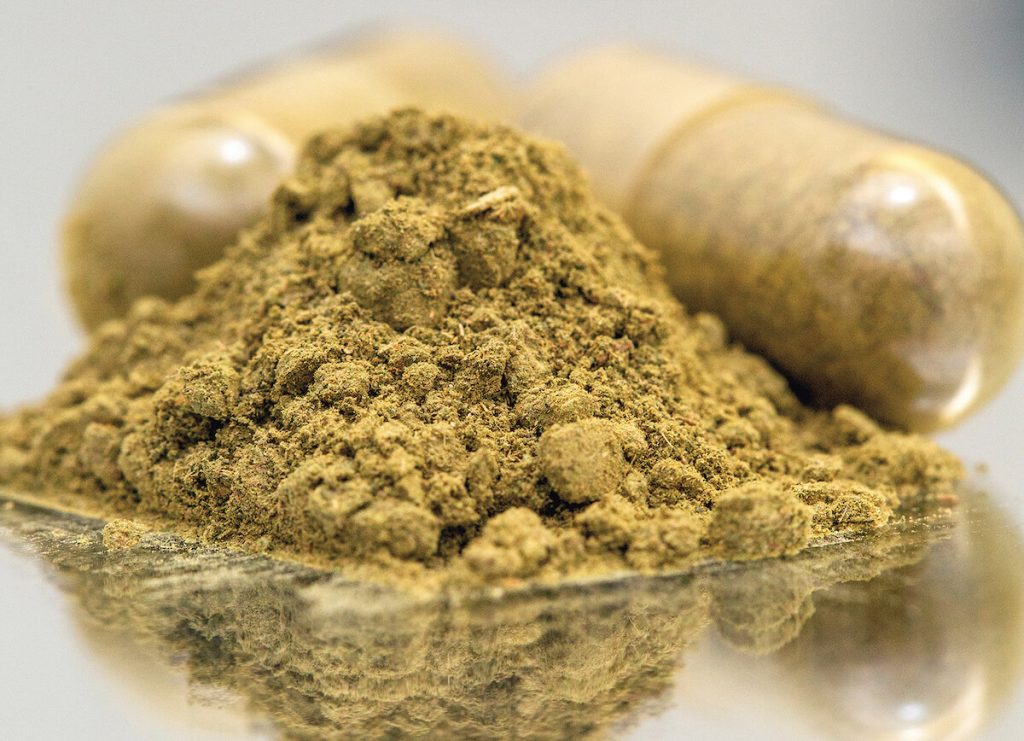Kratom, a tropical tree native to Southeast Asia, has garnered significant attention in recent years for its potential in pain management. With its active compounds, primarily mitragynine and 7-hydroxymitragynine, kratom has been used traditionally in countries like Thailand and Malaysia for centuries. The growing interest in kratom outside these regions is fueled by its potential benefits for those seeking alternative pain relief options. Kratom leaves contain several alkaloids that interact with the body’s opioid receptors. Mitragynine and 7-hydroxymitragynine are the most studied compounds, and they play a crucial role in kratom’s effects. Mitragynine is known for its stimulant-like effects at lower doses, while at higher doses, it exhibits sedative properties. 7-hydroxymitragynine is particularly potent and is thought to contribute significantly to kratom’s analgesic effects.

Pain Relief Potential
One of the primary reasons people turn to kratom is its potential for pain relief. Traditional uses of kratom have included managing chronic pain conditions such as arthritis, back pain, and neuropathic pain. The alkaloids in kratom interact with the mu-opioid receptors in the brain, which are also targeted by conventional opioids like morphine. This interaction can help alleviate pain by diminishing the perception of pain signals in the brain. Users often report that kratom provides a more balanced and manageable form of pain relief compared to conventional medications.
Reduced Risk of Addiction
Another significant benefit of kratom is its potential to offer pain relief with a reduced risk of addiction compared to traditional opioids. Opioids are known for their high potential for dependency and addiction, a serious concern in pain management. Kratom’s unique alkaloid profile might reduce this risk by offering a less addictive alternative. Many users find that kratom provides effective pain relief without the same level of withdrawal symptoms or cravings associated with opioid use.
Customizable Dosing and Strain Selection
Kratom is available in various strains, each with unique properties and effects. For pain management, users might choose from strains such as Red Vein Kratom, which is known for its strong analgesic and sedative effects, or Green Vein Kratom, which offers more moderate pain relief with a stimulant effect. This variety allows individuals to select a strain that best aligns with their specific pain management needs and personal preferences. Additionally, the dosage of kratom can be adjusted to match the severity of pain and the desired level of relief.
Considerations and Cautions
While kratom shows promise in pain management, it is essential to approach it with caution. Quality control and product purity can vary, and the lack of regulation means users must carefully source kratom from reputable vendors. Additionally, kratom can interact with other medications and may cause side effects such as nausea, constipation, or dizziness in some individuals. It is also important to consider that kratom is not a one-size-fits-all solution. Individuals should consult with healthcare professionals before integrating kratom into their pain management regimen, especially if they have underlying health conditions or are taking other medications.
The kratom for pain presents an intriguing option for pain management, offering potential benefits such as effective pain relief, reduced risk of addiction, and customizable dosing. However, as with any supplement, it is crucial to use it responsibly and seek guidance from medical professionals to ensure it aligns with individual health needs and conditions.

